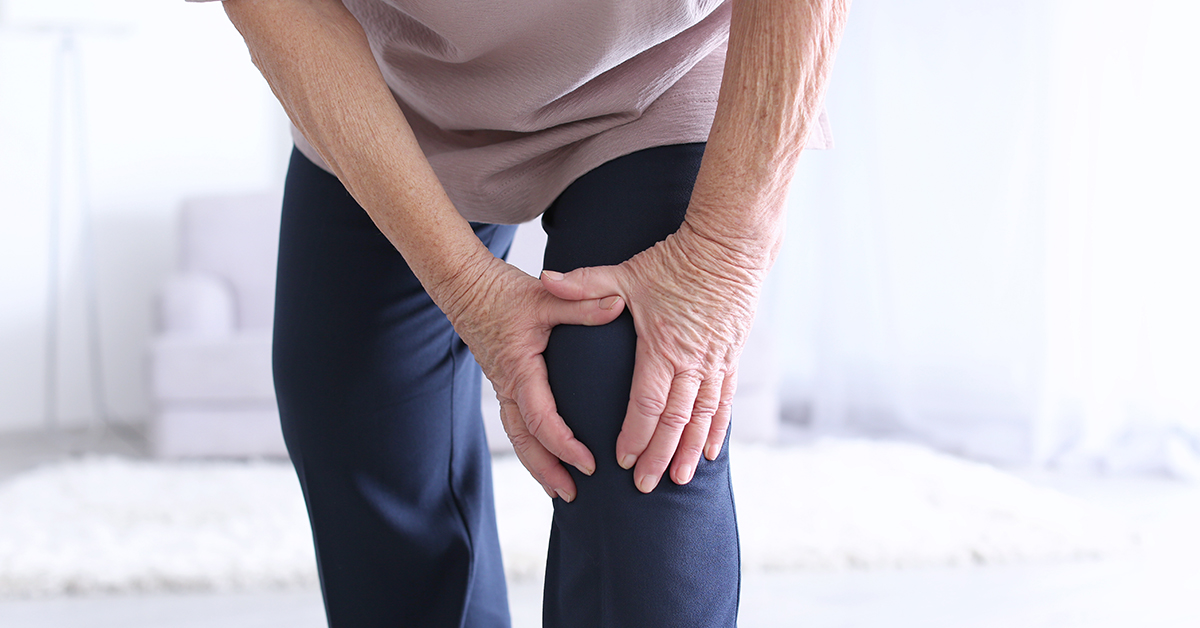In this article, we will briefly discuss the clinical condition that is osteoarthritis.

What is Osteoarthritis?
Osteoarthritis is a clinical condition that is characterized by the breakdown of cartilage and bone tissue in the joints. It is also called degenerative arthritis and is commonly seen in the knees, hips and other large joints of the body.
What Are Other Risk Factors for Osteoarthritis?
Osteoarthritis is typically an age-related phenomenon. The constant use of large joints such as the knee and hip joint can result in wear and tear of the cartilage and bone surfaces as they rub against each other. This results in thickening of the cartilage and degeneration of the tissue. Osteoarthritis is more commonly seen in women and in individuals who place a great degree of stress upon their knee joint.
Trauma to the knee joint is another risk factor. Genetic diseases and bone deformities can also lead to osteoarthritis. Obesity is a well-known risk factor in the development of this condition. This is because the additional body weight can place a great degree of stress upon the knee joint.
Pathophysiology
In a normal joint, the healthy cartilage covers the ends of the bones and forms the surface along which the joint moves. In osteoarthritis, this cartilage starts to wear off and becomes thinner. As a result, the underlying bone starts to rub against the neighboring bone in the joint. This can cause medical symptoms such as pain and discomfort upon joint movement.
As osteoarthritis progresses, the rubbing of the bones against each other can stimulate the formation of new bone. This new bone appears in the form of small fragments called bone spurs or osteophytes. They appeared as bony bumps and are visible upon X-ray of the joint. The bone spurs are responsible for joint pain.
Clinical Features
The typical clinical features associated with osteoarthritis include pain, swelling and reduced mobility of the joint. The knee joint affected by osteoarthritis can lock during different movements and can impair mobility of the patient. Movements such as bending or stretching the knee joint and even attempts to walk up a flight of stairs and standing for long periods of time can all trigger joint pain.
Diagnosis
Osteoarthritis is often diagnosed clinically through a history and examination. Confirmatory diagnosis is best achieved through X-ray of the joints and, if required, specialist scans such as a CT scan or MRI. Typically, the bony surface will be eroded and osteophytes will be visible.
Treatment
The management of osteoarthritis depends on how bad the condition is. In mild cases, simple painkillers and regular exercise can help the patient. Painkillers can include non-steroidal anti-inflammatory drugs and paracetamol.
In more advanced cases, steroids may need to be injected directly into the joint. This can get rid of any inflammation and help reduce pain.
Physical therapy forms an important part of management in osteoarthritis. Treatments may include exercises, knee braces and weight loss strategies to reduce the stress placed on the knee joint.
Finally, in the event that osteoarthritis has caused significant destruction of the joint, a total joint replacement may need to be performed to relieve the symptoms and allow patients to have a normal quality of life.
